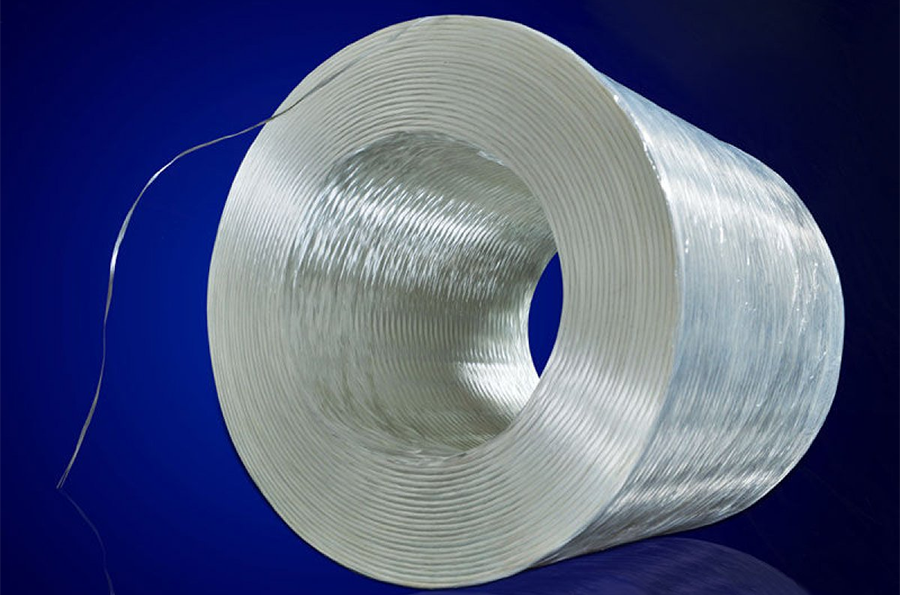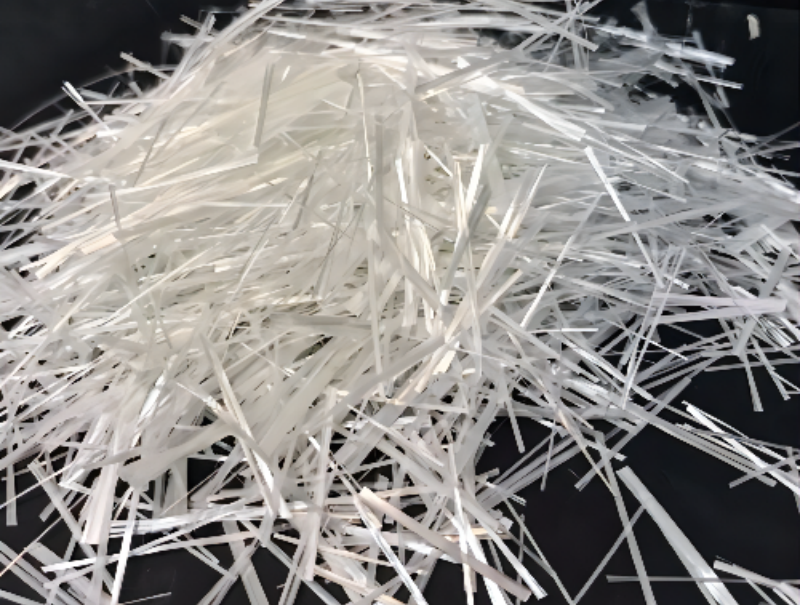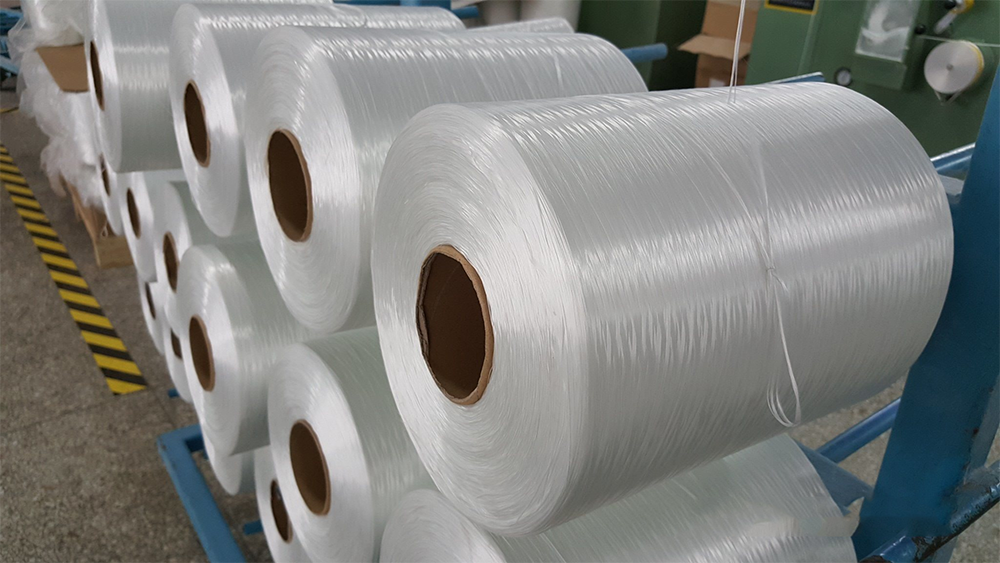
What is fiberglass?
Fiberglass are widely used due to their cost-effectiveness and good properties, mainly in the composites industry. As early as the 18th century, Europeans realized that glass could be spun into fibers for weaving. Fiberglass have both filaments and short fibers or flocs. Glass filaments are commonly used in composite materials, rubber products, conveyor belts, tarpaulins, etc. Short fibers are mainly used in non-woven felts, engineering plastics and composite materials.
Fiberglass attractive physical and mechanical properties, ease of fabrication, and low cost compared to carbon fiber make it the material of choice for high-performance composite applications. Glass fibers are composed of oxides of silica. Fiberglass have excellent mechanical properties such as being less brittle, high strength, low stiffness and light weight.
Fiberglass reinforced polymers consist of a large class of different forms of fiberglass, such as longitudinal fibers, chopped fibers, woven mats, and chopped strand mats, and are used to improve the mechanical and tribological properties of polymer composites. Fiberglass can achieve high initial aspect ratios, but brittleness can cause fibers to break during processing.
Fiberglass properties
The main characteristics of fiberglass include the following aspects:
Not easy to absorb water: Fiberglass is water repellent and is not suitable for clothes, because sweat will not be absorbed, making the wearer feel wet; because the material is not affected by water, it will not shrink.
Inelasticity: Due to the lack of elasticity, the fabric has little inherent stretch and recovery. Therefore, they require a surface treatment to resist wrinkling.
High Strength: Fiberglass is extremely strong, almost as strong as Kevlar. However, when the fibers rub against each other, they break and cause the fabric to take on a shaggy appearance.
Insulation: In short fiber form, fiberglass is an excellent insulator.
Drapability: The fibers drape well, making them ideal for curtains.
Heat Resistance: Glass fibers are highly heat resistant and can withstand temperatures up to 315°C, they are not affected by sunlight, bleach, bacteria, mold, insects or alkalis.
Susceptible: Fiberglass are affected by hydrofluoric acid and hot phosphoric acid. Since the fiber is a glass-based product, some raw fiberglass should be handled with care, such as household insulation materials, because the fiber ends are fragile and can pierce the skin, so gloves should be worn when handling fiberglass.
Application of fiberglass
Fiberglass is an inorganic material that does not burn and retains about 25% of its initial strength at 540°C. Most have little glass effect on fiberglass. Inorganic fibers will not mold or deteriorate. Fiberglass are affected by hydrofluoric acid, hot phosphoric acid and strong substances.
It is an excellent electrical insulating material. The fiber fabric has the characteristics of high humidity, high strength, low heat absorption and low dielectric constant, and is an ideal reinforcement material for printing glass plates and insulating varnishes.
The high strength-to-weight ratio of fiberglass makes it an excellent material for applications requiring high strength and minimal weight. In textile form, this strength can be unidirectional or bidirectional, allowing flexibility in design and cost for a wide range of applications in the automotive market, civil construction, sporting goods, aerospace, marine, electronics, Home and wind energy.
Post time:
Jun-16-2022




